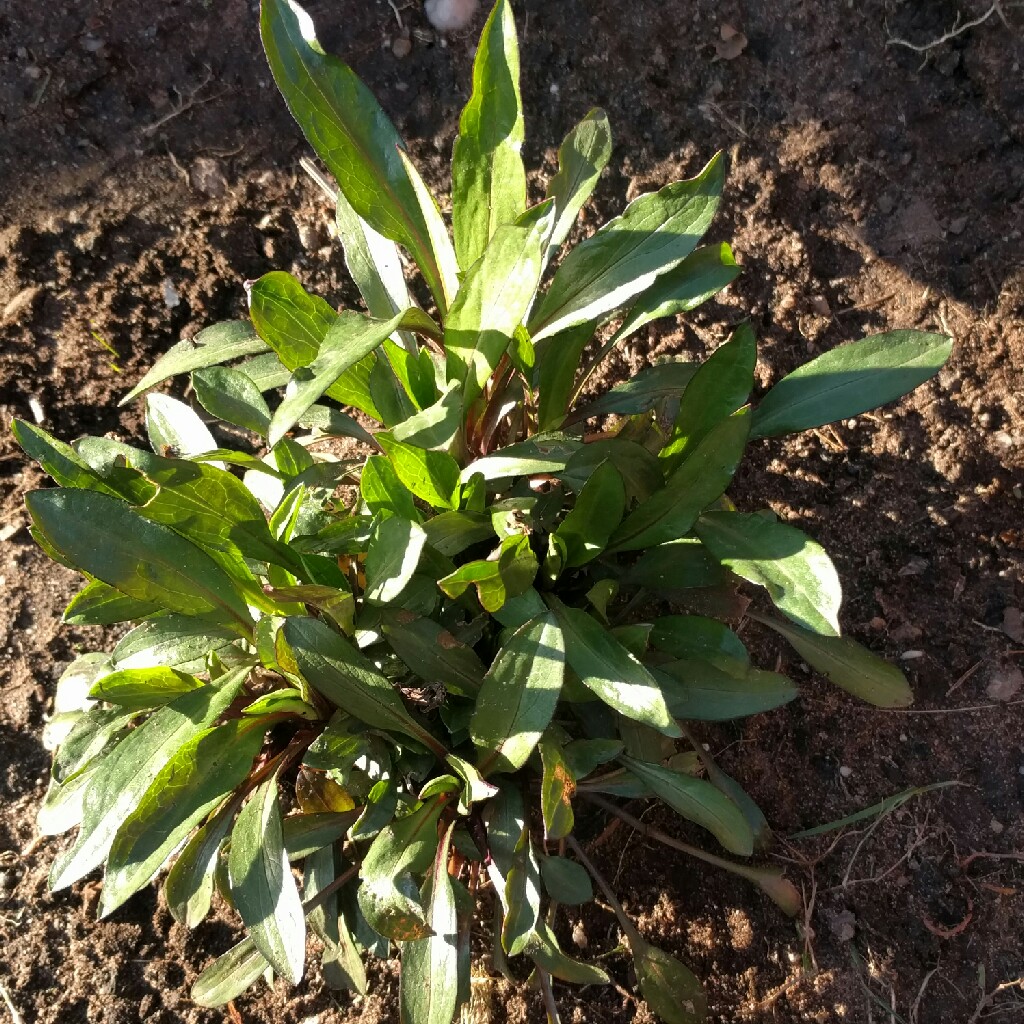
Aster novi-belgii 'Samoa'
Aster 'Samoa'
The Island Series are dwarf forms of Aster recently introduced. Compact and bushy upright habit which in late summer to autumn produces heads of double, pink to purple flowers that contrast well against the dark green foliage. Resistant to mildew.
Contributed by @sprout
-
Full sun
-
Very little water
-
Full Frost Hardy: 5F (-15°C)
-
Moist and fertile
Common name
Aster 'Samoa'
Latin name
Aster novi-belgii 'Samoa'
type
Herbaceous Perennials
family
Asteraceae
ph
5.0 - 7.5 Acid - Neutral
Plant & bloom calendar
-
Best time to plant
-
When the plant will bloom
full grown dimensions
 0.30 M
0.60 M
0.30 M
0.60 M
Aster novi-belgii 'Samoa'
The Island Series are dwarf forms of Aster recently introduced. Compact and bushy upright habit which in late summer to autumn produces heads of double, pink to purple flowers that contrast well against the dark green foliage. Resistant to mildew.
Flowering season
From Early Autumn TO Late Autumn
Flowers appear in early autumn and last through to late autumn. Deadhead to increase flower production
When to plant
From Early Spring TO Mid Summer
Plant container grown plants throughout spring/Summer. Established plants can be divided.
Propagation by division.
From Early Spring TO Early Spring
After approximately three years, once herbaceous perennial varieties have become established clumps they should be divided in order to retain vigour. Many herbaceous plants can be divided in autumn, but spring may be the safer option just as they are starting into growth. Autumn division may result in the loss of smaller divisions if a cold, wet winter follows. The simplest method is to carefully dig around the clump and gently pull it apart into fist sized pieces and re-plant immediately. The middle of the original clump should be discarded as this will have lost vigour and become woody.
Planting
From Mid Spring TO Mid Autumn
Plant in an open sunny site, in soil that is alkaline toslightly acid, fertile and moisture retentive in spring and summer. A.alpinus, A. amellus, A. x frikarti and A.pyrenaeus 'Lutetia' and A.thomsonii 'Nanus' require alkaline soils and good winter drainage. Plant out autumn flowering asters in mid or late spring and spring flowering asters in mid-autumn or early spring.
Flowering
From Mid Spring TO Mid Autumn
Most asters flower in late Summer and Autumn, with Michaelmas daisies being the later flowering varieties. There are some alpine varieties that bloom in Spring











